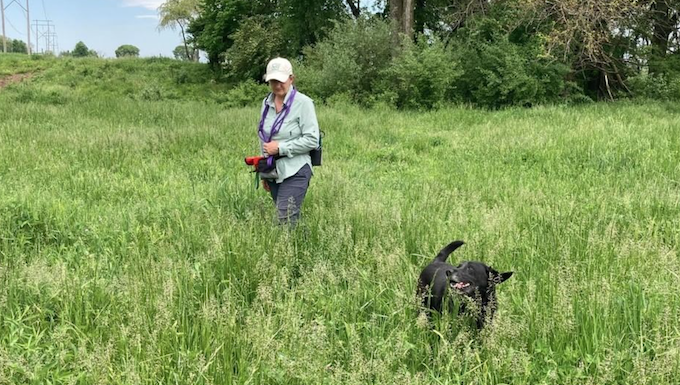
Researchers in Wisconsin have employed canines to sniff out wild bumble bee nests.
Affectionately named Betty White and Ernie, the two canines with Conservation Dogs Collective are indeed making a “snifferance” by using their noses to help researchers locate and collect data on these…






